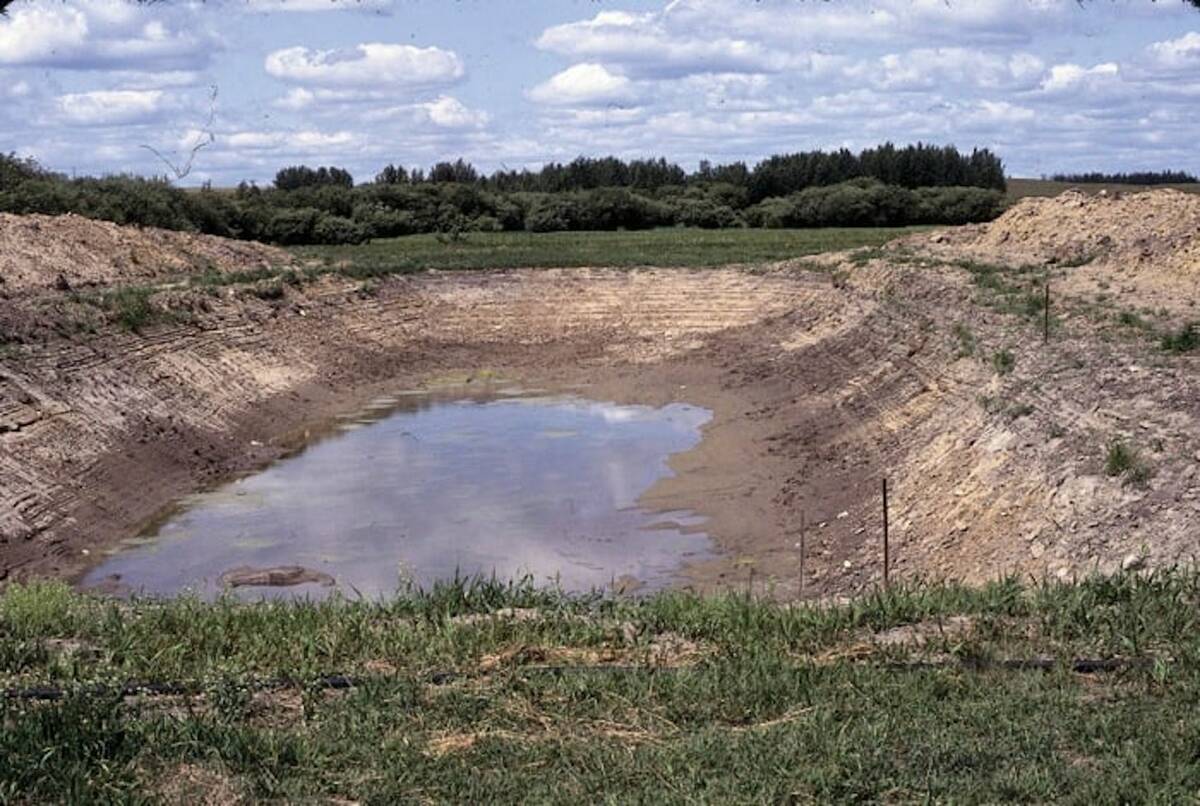Losses to the Canadian cattle industry could be more than $5 billion as the BSE crisis edges up to its 18 month anniversary.
Export losses in live animal trade from May 20, 2003, to Aug. 31, 2004, reached $2.48 billion while losses in meat sales totalled $970 million, said Calgary economist Ralph Ashmead with the private consulting firm Serecon Management.
Other losses come from secondary industries and community impacts.
The processing sector is the only area not suffering because exports for boneless beef were permitted in September 2003.
“About 80 percent of those losses (in meat trade) were actually in the immediate three or four months right after BSE came,” he said.
Read Also

Dry summer conditions can lead to poor water quality for livestock
Drought conditions in the Prairies has led to an decrease in water quality, and producers are being advised to closely monitor water quality for their animals.
Surprisingly, processors are exporting more beef now than in pre-BSE days and input costs are low due to the price of slaughter animals.
“There is very little if any hurt in the processing industry,” he said.
Processors argue they have added costs because they must remove specified risk materials and have lost money on byproducts. However, byproduct values, also called drop credits, have improved since last year.
According to Canfax, byproduct values were $70-$80 per head last October. As of the middle of this October, prices had increased to $95-$106 per head in Western Canada.
In addition, increased domestic sales improved because processors substituted Canadian beef for product from Australia, New Zealand and some South American countries.
Canada was importing about 200,000 tonnes of beef annually. To date in 2004, imports have dropped to 75,000 tonnes.
Besides the obvious financial decline in live trade, losses are severe among secondary support industries and rural communities. Western Economic Diversification has commissioned Ashmead to measure community impacts across Western Canada.
His studies measure economic hurt, as well as stress levels in the community. This includes assessing the level of suicide and spousal abuse as a secondary impact in a rural community.
The impacts have been hardest on livestock-dependent communities and on individual farms.
For communities like Lethbridge, Maple Creek, Sask., Nechako Valley, B.C., or Dauphin, Man., the hurt is palpable because these communities have few industries other than cattle.
“Manitoba and B.C. on a proportionate basis were more impacted by BSE than anybody and will continue to be,” he said.
Those provinces have low levels of processing and relied on shipping live animals to Alberta or the United States.
Saving these communities is going to take a new attitude and new ideas, he said.
As well, no one can depend on the American border reopening and markets returning to a pre-BSE state.
“We’ve got to develop an internal Canadian approach and assume the traditional markets we had here will not open early enough,” Ashmead said.
Middle Eastern and European markets remain untapped and there are unexplored Canadian markets like hospitals, geriatric centres and food aid.
Large amounts of Canadian beef are exported and often return as processed product, particularly for institutional use. This is often dismissed as a low value market, which is wrong headed thinking, he said.
“I get tired of people saying we’re going to go after a high value market. I think your markets are right here in front of you.”

















